 |
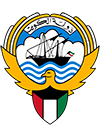 |
 |
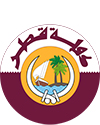 |
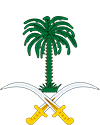 |
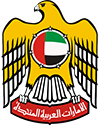 |
Growth prospects have weakened due to the diplomatic rift with GCC neighbours. However large financial buffers are anchoring confidence in the economy, and good infrastructure has provided space to blunt the impact of sanctions. In the medium term, growth will be supported by rising gas output and continued spending on the 2022 FIFA World Cup. Reforms protecting foreign household workers and introducing permanent residency rights for expats will help with longer-term diversification efforts.
Growth in 2017 is anticipated to slow to 2 percent from 2.2 percent in 2016, on weaker activity and sentiment in the non-hydrocarbon sector, reflecting the severing of diplomatic and trade ties by several Arab countries, including the Kingdom of Saudi Arabia, Bahrain, UAE and Egypt. These countries constitute a small share of destination markets for Qatar’s exports and a relatively small proportion of financial and FDI flows. Nevertheless, the boycott and the disruption of economic ties led initially to a sharp drop in imports, requiring a (costly) diversion of merchandise and services trade and financial flows through other neighbouring countries. It has also dampened investor sentiment, reflected in the stock market being down 11 percent at the end of August relative to early June levels. In August, Fitch became the third major credit rating agency to downgrade the country’s debt one notch to AA- (on par with Belgium and South Korea) due to the uncertain economic outlook.
High frequency data suggests that the economy is adjusting. In September, Qatar inaugurated the US$7.4 billion Hamad seaport, thereby securing alternative trading routes. Investor confidence in the currency peg remains anchored by the country’s large stock of liquid external assets worth nearly US$180 billion (of a total stock of close to US$300 billion), which have helped to contain the increase in risk premiums on sovereign and corporate debt. The hydrocarbon sector, which constitutes 80 percent of export earnings and 90 percent of government revenues, has been largely unaffected. Fiscal consolidation is continuing, albeit, according to some reports, at a slower pace. The fiscal deficit is projected to decline to 5.7 percent in 2017 from over 8 percent in 2016.
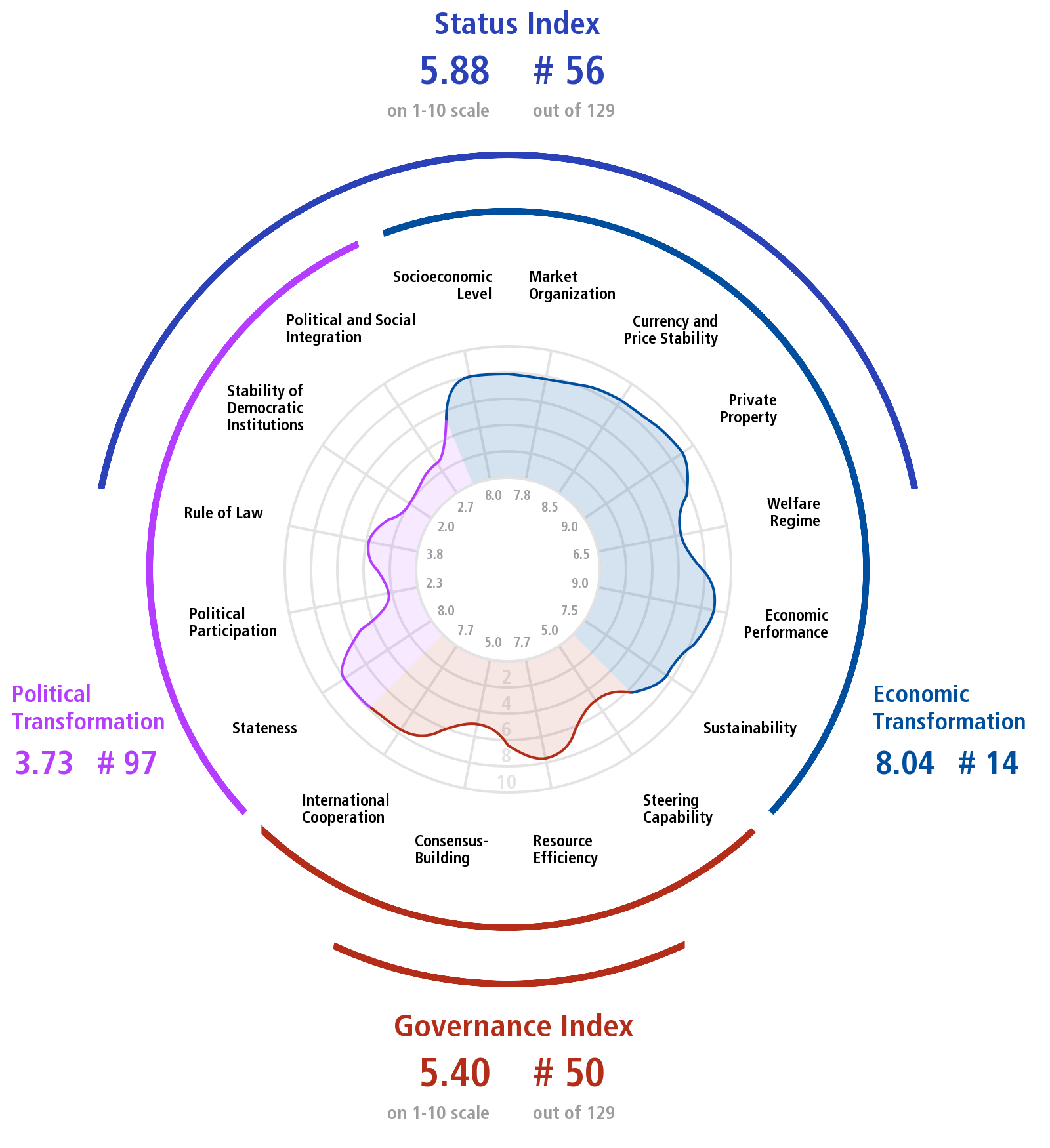
Note: Country profile information is compiled, unless otherwise stated, from the following sources:




| This website is maintained by Dr Emilie J. Rutledge, an Associate Professor of Economics and author of Monetary Union in the Gulf: Prospects for a Single Currency in the Arabian Peninsula. Emilie has developed a number of undergraduate and postgraduate courses that specifically cover the economic and sociopolitical trajectories of the six Gulf economies. Her present research interests are the Arabian Gulf’s labour market dynamics and economic diversification endeavours. Résumé Publications Consultancy |
